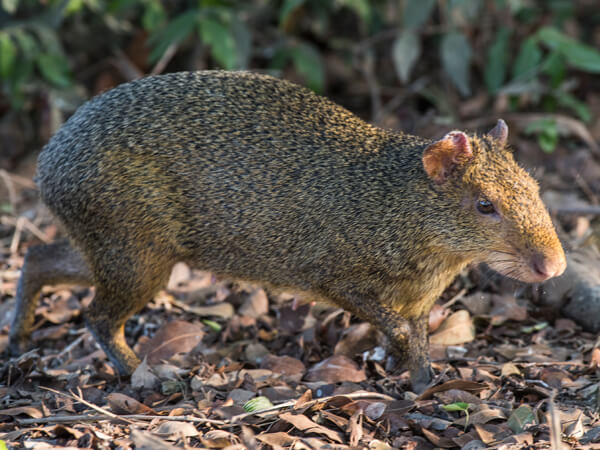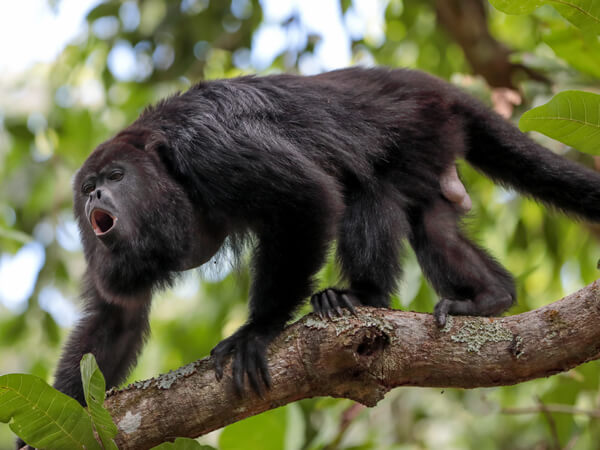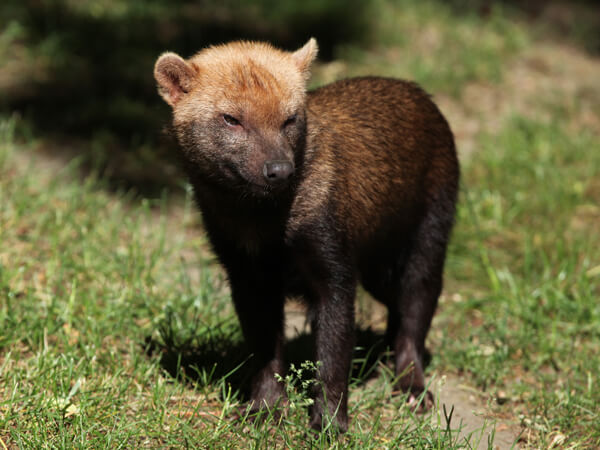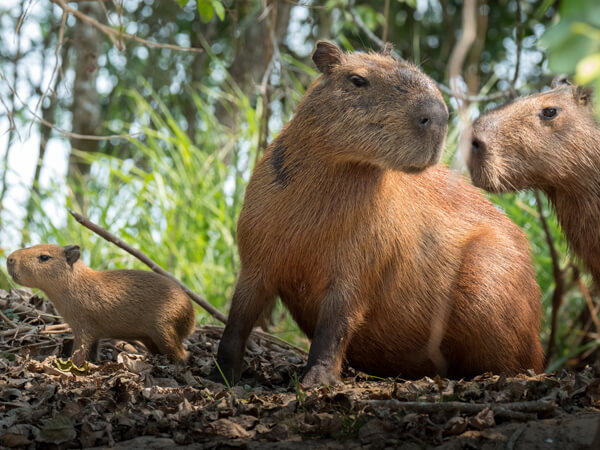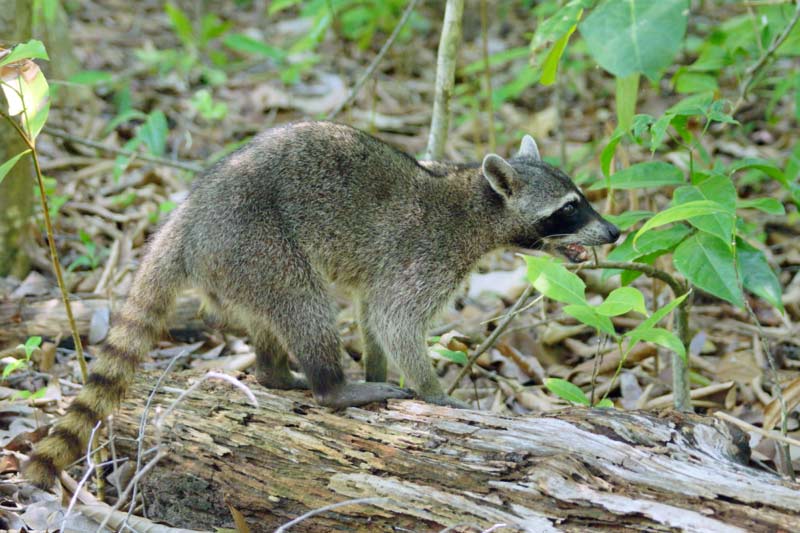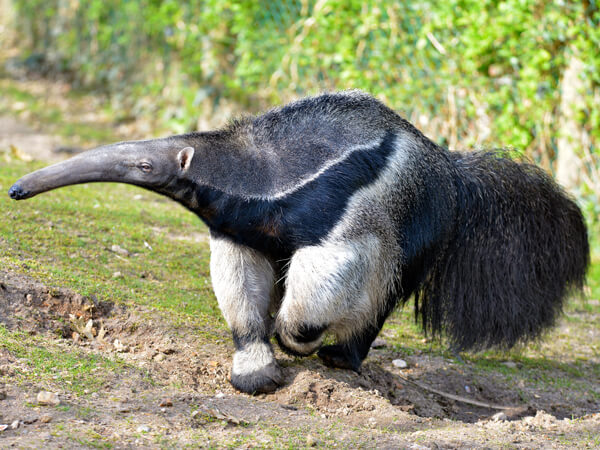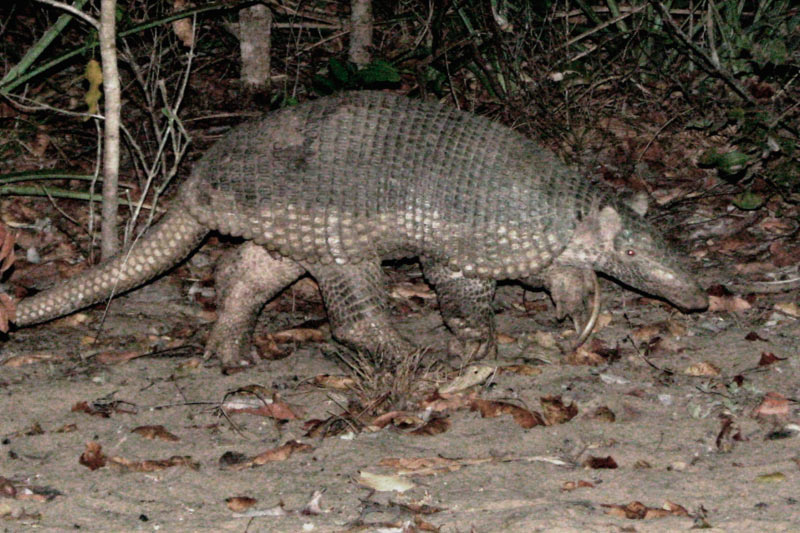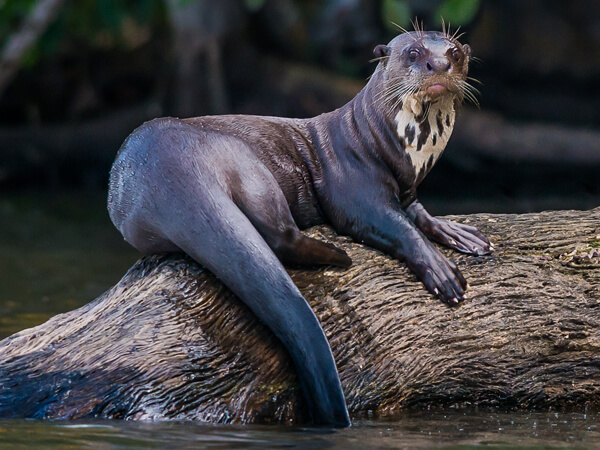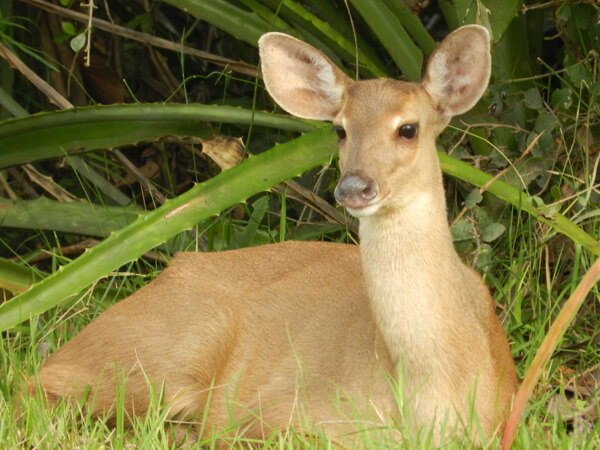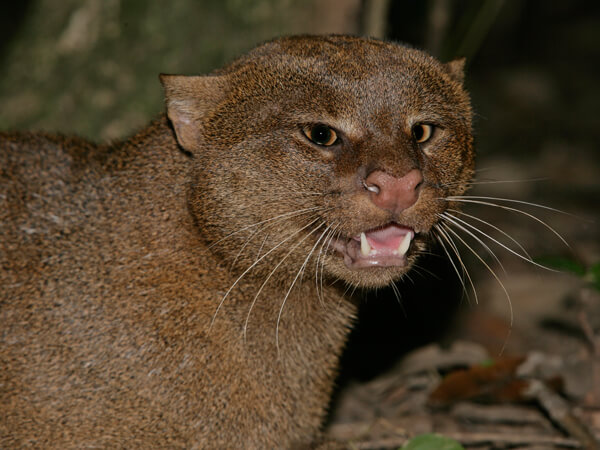Neotropical otters reside in rivers, are predators, and play an important role in the ecosystem. The name comes from Latin, Lutra, which means "that has a long tail."
Click to learn more
Distribution
The neotropical otter is found from Mexico to central Argentina, inhabiting almost all of the national territory. In Brazil, it is present in biomes such as the Amazon, Cerrado, Atlantic Forest, the Pantanal and Pampas. There is no sign of it in more arid regions, such as the Caatinga.
Features
The neotropical otter is a medium-sized animal, which measures between 36 and 66 centimeters in length, with a tail between 37 and 84 centimeters. Males weigh between 5 and 15 kilograms and are usually larger than females. The coat is dark brown in color, with a gray neck and throat. The neotropical otter has an elongated body, a flat, thick tail, and membranes between the toes of the feet, which aid in swimming. Their fur comprises two layers that help maintain the body temperature in water.
Behavior
Neotropical otters have predominantly diurnal habits but may also be active during the night. They do not usually form large groups in the manner of the giant otters – their groups generally consist of couples with cubs. Odor markings are an important communication tool for the species. Neotropical otters tend to live in places near water such as rivers, lakes, streams, creeks, estuaries, mangroves and sea coves. They will utilize any exposed cavity on the slopes of rivers for their dens, or use holes in the midst of vegetation, and caves, as their own habitats. Alternatively, they also dig their own shelter.
Food
The neotropical otter is considered a carnivore. It usually feeds on fish and crustaceans, but also feeds on capybara cubs, snakes and tortoises. It often catches its prey in the water and then goes to the land (stones and logs) in order to eat.
Reproduction
Reproduction occurs throughout the year, but usually during spring. Gestation lasts between 56 to 86 days, after which one to five cubs are born. The cubs spend their first year of life in their mother’s care.
Conservation
Despite being a versatile species, adapting well to the changes caused by humans, neotropical otters are considered “nearly threatened” by both the national list of ICMBio and the IUCN.
Threats
The main threats to the species are the reduction of their habitats, water pollution and the decline of fish stocks. Conflicts with fish farmers are also a frequent cause of death for this species.


